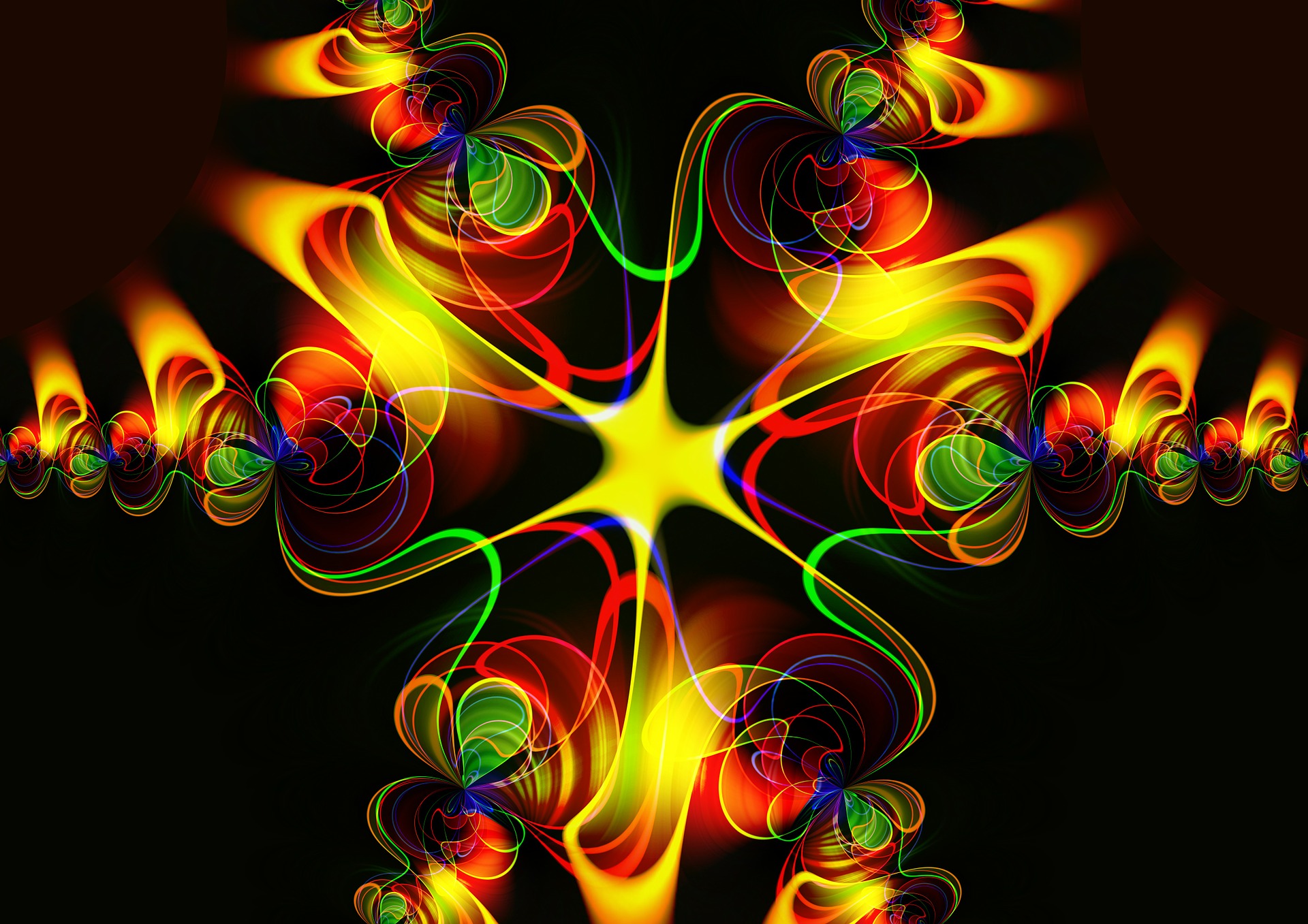
Psychedelic Medicine
Prior to the 1970s, research into psychedelic medicine wasn’t especially taboo; for example, from the 1950s to the 1970s, scientists in the US studied whether psychedelics might be used to treat alcoholism. But when hippie counterculture arose to threaten the mainstream power structure — and brought recreational psychedelics with it — the reaction was swift and decisive. Psychedelics were reclassified as Schedule I drugs alongside more powerful substances like heroin, and research ground to a halt.
Now, a body of evidence is growing that supports the use of some psychedelic drugs to treat a range of conditions, and the mainstream research community is starting to take notice.
Unlike many drugs we currently use to treat a variety of health problems, psychedelic drugs are not physiologically addictive. In fact, they’re often only marginally pleasurable, if not downright disturbing for users who experience “bad trips.” Robin Carhart-Harris of the Imperial College of London told New Scientist: “People often say, as our patients did, that this isn’t a moreish drug. It’s certainly not a hedonic drug. Some even challenge whether it’s a drug of recreation; maybe it’s a drug of exploration.”
Most psychedelics act on pathways of neurotransmitters like dopamine and serotonin — pathways that are closely tied to addiction and reward. There is also some evidence that psychedelic drugs can “reset” the brain’s abnormal functioning when consumed in safe doses and in controlled, therapeutic settings.
As for what happens in the “mind” rather than the brain, scientists aren’t sure. A common theory is that portions of the brain that don’t normally communicate with each other start “talking” when psychedelics are used, allowing us to break negative thought patterns and come up with new ideas. Some believe that psilocybin, which many varieties of mushrooms contain naturally, can allow us to “see” into our consciousness as babies.

To some extent, this idea has been borne out by neuroscience. Brain scanning technologies have shown that brains under the influence of psychedelic drugs do in fact exhibit more diverse brain activity patterns than do control brains. However, due to the decades-long gap in research, much remains to be done.
Health Trip
As research has once again begun on the efficacy of psychedelics, in everything from enhancing cognitive performance to treating depression, scientists are slowly amassing evidence supporting the use of psychedelic medicines. Carhart-Harris conducted the first clinical trial in the UK of psilocybin used to counter treatment-resistant depression. The trial was small and lacked a control group, so the results will need to be confirmed, but they were promising: three months after the treatment ended, 5 of the 12 subjects were depression-free. These results were also supported by a California research review of seven studies, all of which showed psilocybin helps treat depression. Other psilocybin research has also shown promise in helping terminal cancer patients cope with death.
Both psilocybin and MDMA — more commonly known as ecstasy or molly — are being studied for their use in the treatment of severe, intractable post-traumatic stress disorder (PTSD). Psychiatrist Michael Mithoefer is one of the researchers working with MDMA and PTSD, and he told NPR that he has seen excellent results in his subjects. Among patients who had experienced intractable PTSD for 19 years or more on average, and who received either two or three MDMA treatments (with one month between treatments), there was an 83 percent recovery rate. After three and a half years, he stated that the recovery was still present in a majority of patients.
Dr. Mithoefer explained to NPR that when they used MDMA, patients were able to more effectively work through memories that are initially associated with emotional pain. “If they can be brought up, discussed, processed in a safe setting where the person isn’t overwhelmed by fear — which is one of the things that MDMA helps with — then when they’re re-stored, reconsolidated, they’re stored without that emotional trigger that’s characteristic of PTSD.”
The psychedelic ibogaine has been used in some countries to treat serious drug addiction for some time, and a movement to put ibogaine through clinical trials in the US has finally gained some traction: in January, Scientific American reported that a drug with similar chemical structure to ibogaine, but none of its hallucinogenic properties, would begin phase II clinical trials in California this year. In April, the FDA approved the protocol for the first clinical trial investigating the effectiveness of ayahuasca, a traditional South American hallucinogenic that contains the psychedelic compound dimethyltryptamine (DMT), in treating depression.
Unquestionably, many political and regulatory hurdles remain for research into psychedelics — it currently takes scientists up to a year, and thousands of dollars, to get a license to study them — let alone their large-scale marketing as medicine and widespread use. Still, the surge of interest in this area bodes well for psychedelics, as do the success stories. Retired Sergeant C.J. Hardin credits his MDMA treatment for PTSD with saving his life when years of therapy and traditional medicine couldn’t. Hardin shared his story in an interview with PBS:
“I was diagnosed with post-traumatic stress disorder in Fort Campbell. The way that my emotions ran, and how it felt uncontrollable, I didn’t trust myself having a weapon around me, because I was suicidal, very suicidal at that point. I had three experiences at full dosage, but the effects after the first treatment were profound. I would have said a 60 percent reduction in my symptoms immediately. I felt a mighty change had occurred.”
These stories about such mighty changes may be what eventually spark mighty change in the political climate toward psychedelics.